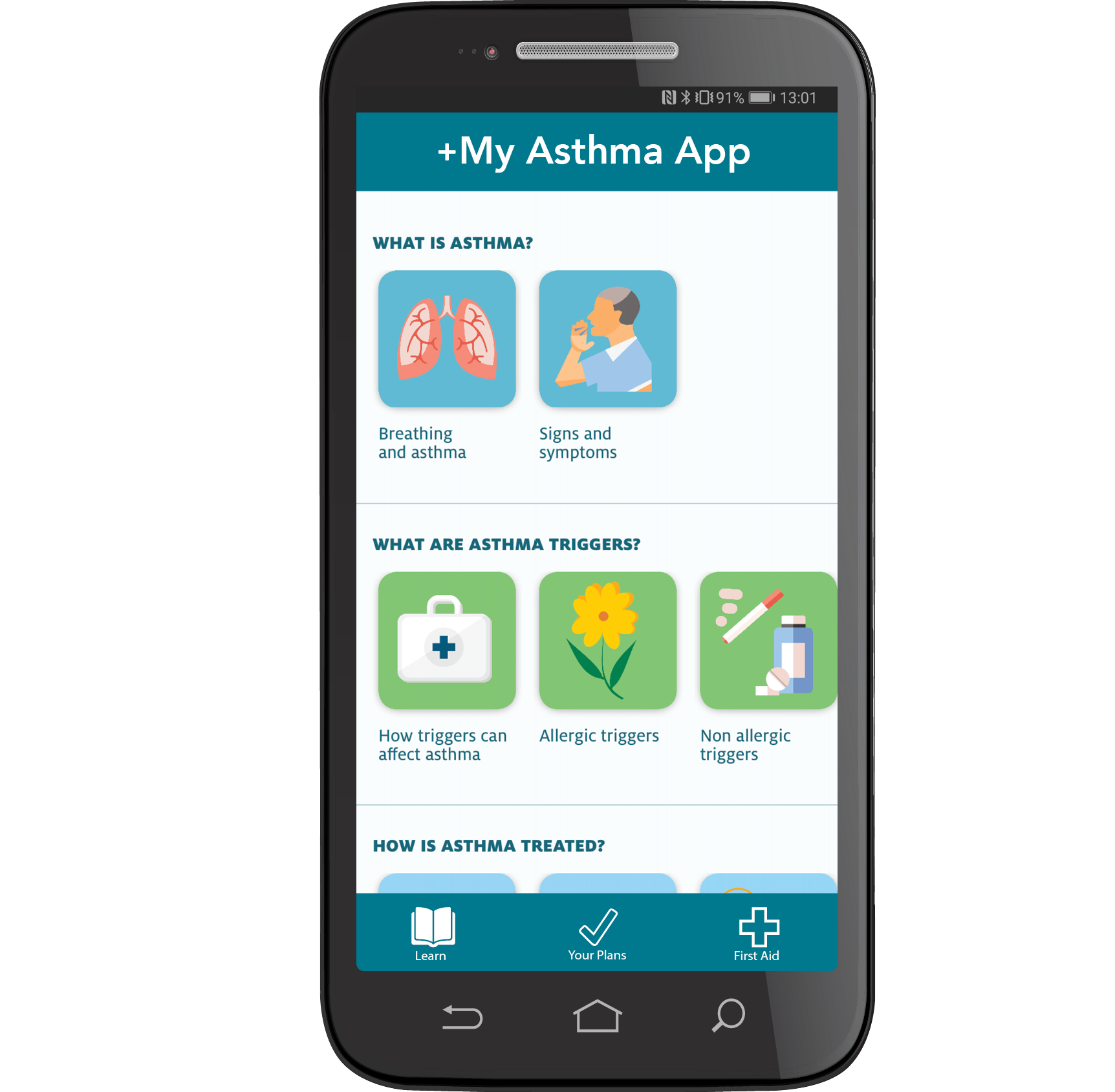Top tips for autumn
After a stunning summer, the weather is starting to cool down, and we’re heading into autumn. Here are some tips for managing your respiratory condition as the seasons change.
Create a healthy environment
One major asthma trigger is mould, and as the weather gets colder and wetter the conditions are perfect for mould to thrive. To help reduce the impact of mould in your home, make sure that you create a warm, dry indoor environment. This means airing out your home frequently during the day and wiping down any condensation that builds up on your windows. You can also use extractor fans to remove moisture, and consider installing double glazing if you’re replacing your windows.
Avoid smoke
Many New Zealanders use log burners to keep their homes warm. However, this can be a problem if smoke is one of your asthma triggers. You could consider purchasing an air purifier with a HEPA filter to help improve the indoor air quality of your home. If you don’t have a log burner but your neighbours do, it’s a good idea to keep windows and doors closed when they have log fires burning.
Stay active
It’s tempting to stay warm and cosy indoors in the colder months, but remember that exercise is a vital way to keep your lungs healthy and you should stay as active as possible all year round. If you are exercising outdoors, we recommend that you check the outdoor temperature first, as cold, dry air can irritate your lungs. Exercising indoors can be a good alternative on these cooler days. Also, remember to warm up thoroughly prior to exercise. This will help reduce the strain on your lungs during your workout.
Keep your medication on hand
Always carry your reliever inhaler with you (if prescribed) and make sure it is readily available for fast relief of symptoms. If you’re relying on your reliever inhaler more than usual, you should consult your healthcare provider. It is also important that your child has their reliever inhaler at school, kept in a safe place, and their teacher knows what to do if symptoms start to worsen. Sharing your child’s asthma action plan with their teacher is a good idea.
Get immunised
Those with respiratory conditions can be at increased risk from the flu and COVID-19. To make sure you are protected, get your annual flu vaccination and your COVID-19 vaccinations. People with respiratory conditions are prioritised for the flu vaccine, and those eligible can receive the vaccine for free. Flu vaccines are usually available in New Zealand from April each year.
Breathe in through your nose
On colder days, try inhaling through your nose, as this will warm up the air before it travels down your lungs, limiting the irritation the cold air can cause.
Wash your hands
It’s important to emphasise the importance of good handwashing, as this can limit the spread of viruses. With Omicron spreading in our comunities, this is more vital than ever. Make sure you practice good hand hygiene and regularly wash your hands for at least 20 seconds with soap and warm water.
Chat with your healthcare practitioner
Creating an asthma action plan with your healthcare provider is the best way to manage your asthma, as it provides a clear plan to manage your symptoms when they are getting worse. You can download action plans from our website or use the digital plan on the ‘My Asthma’ app. Having an action plan in place means that you can take control of your asthma and not let it control you. You will also feel more confident in managing triggers that may arise as the weather cools down and we enter a new season.
Have your asthma action plan on you at all times with the...
My Asthma app
Download for free from Google Play or the App Store






